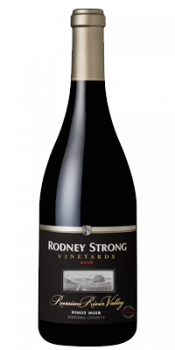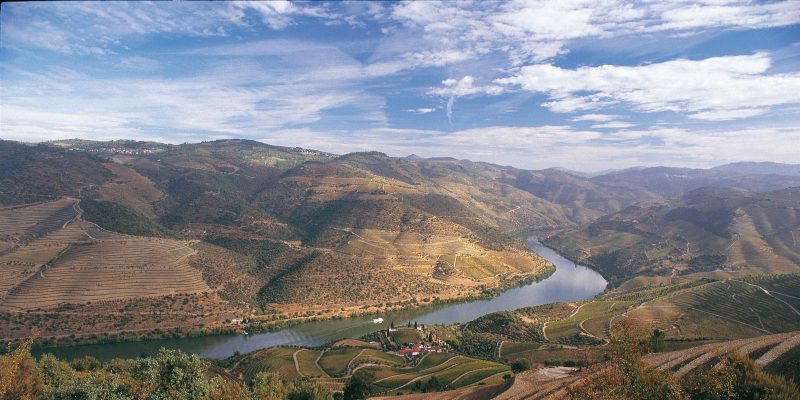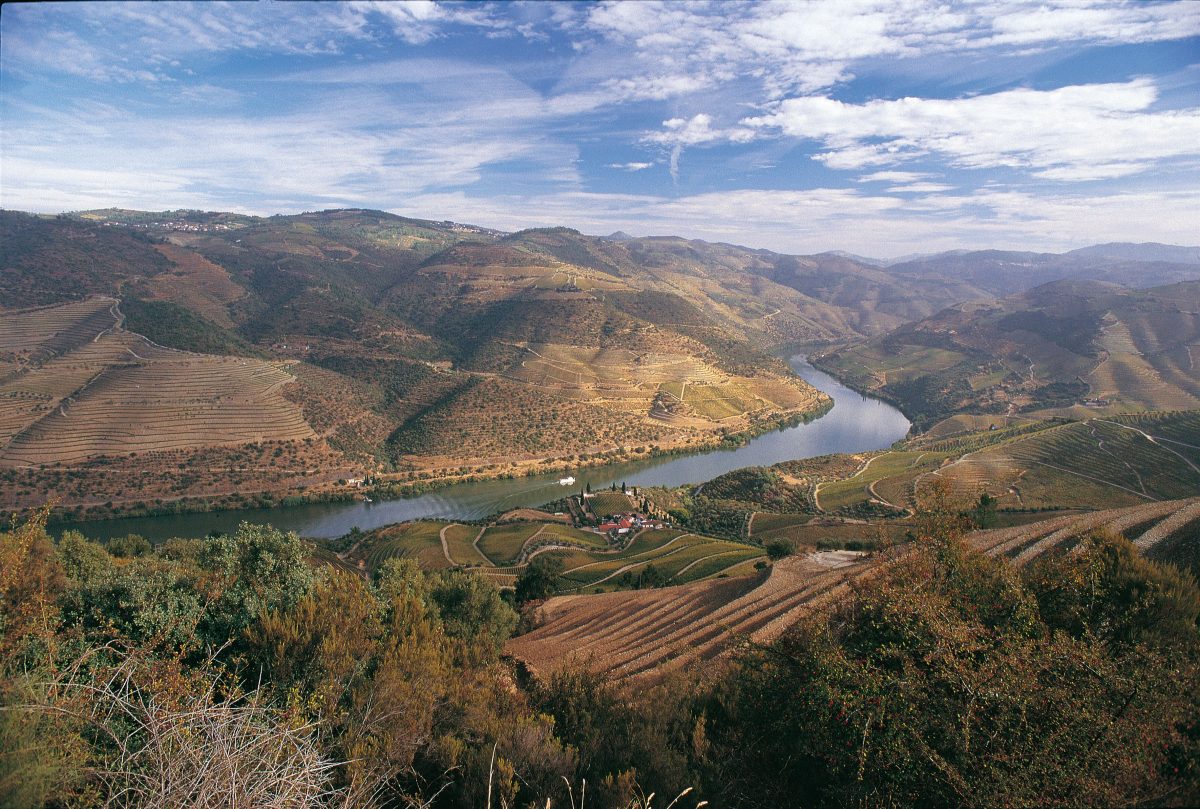by Carmelo Giardina
With the rapid increase in climate-related news, a new mega-trend is hitting home with people and gaining considerable momentum. Customers are becoming more environmentally conscious, wanting sustainable products from sustainable companies. This includes everything from labour practices to the environmental impact of their production.
We’ve read the labels: ‘all natural’, ‘fair trade’, ‘organic’. An ever growing number of products include these claims of sustainability. But what do all these claims mean? Describing a product as “sustainable” could mean that it’s sourced responsibly or that it utilizes recyclable packaging – as well as a whole host of other potential attributes.
Using the wine industry as an example, understanding the how and why when it comes to sustainable grape growing, and more specifically, winemaking is critical to understanding how, when and why consumers prioritize sustainable options. It’s great to think that the vineyard your wine originated from was utilizing sustainable practices, but what does that look like for a vineyard?
Sustainable wineries are focused on minimizing the effect their winemaking process has on the environment. They prioritize conservation, preservation, social responsibility and economic feasibility.
Portugal’s Symington Family Estates has set out to lead the way in terms of sustainability practice and is perhaps the most forward thinking winery in the world today. Located within the historic Douro Valley region, the Symingtons were awarded Ethical Company of the Year in December 2019 and joined companies as diverse as Patagonia and Kickstarter in becoming a ‘B Corporation’. The prestigious B Corp certification cements a large number of varied social and ecological projects that the Symingtons have put in place recently and are continuing to pursue.
In fact, the Symingtons are stepping it up a notch with the creation of the Symington Impact Fund – a one million euro pledge to support projects in the Douro. The primary use of the funds will be for community well-being and health, environmental protection and conservation and cultural heritage and education.
Rupert Symington, CEO of Symington Family Estates, has stated that “we have always sought to run our family business in a way that benefits people – be they our employees or the wider community. We are also committed to protecting the beautiful natural environments where we produce our wines. The Symington Impact Fund is a way of formalising this commitment and ensuring we support projects which are most aligned with our values and where we can have the maximum positive impact.”
Another family owned winery that’s leading California’s sustainability effort is Sonoma County’s Rodney Strong Vineyards. In 2010, the winery was officially certified as a sustainable operation. They’ve become completely carbon neutral, installed solar power and earned a Fish Friendly Farming certification among several other sustainable designations, including air quality, soil and water conservation and wildlife protection.
Ontario’s sustainability impact is also prevalent. One Niagara based winery leading by example is Hidden Bench Estate Winery, a certified sustainable winery which utilizes geothermal energy to provide cooling and heating for both their building and winemaking processes. Also one of the launch customers for Bullfrog Power – Ontario’s first green electricity company – Hidden Bench’s foregoing initiatives as an organic and biodynamic winery, as well as their ongoing approach to sustainability, has permitted them to be recognized as an environmental leader in the community.
Choosing to embrace new energy technologies presents a triple bottom-line win in productivity, profits and planet, so it would seem that becoming sustainable is a worthy investment that many more will and should take. After all, consumers vote with their purchases. And so as we come to terms with the fact that our environment is increasingly being compromised, it becomes very important that every aspect of what consumers are now buying into is studied to ensure that businesses leave the environment in the very best shape possible at the end of the day.
The question we all need to ask ourselves now is: are we all on board?

Prats & Symington 2016 Chryseia ($105)
Chryseia is the flagship offering made with the finest grapes from Prats & Symington’s own Douro Valley vineyards, Quinta de Roriz and Quinta da Perdiz. 2016 was a very hot and dry summer but was bookended with a wet spring and wet fall. This weather pattern was decisive in achieving balanced vine maturations. What we get here is a rich and chewy, powerful wine, with notes of plum, blackcurrant, mocha and some dark chocolate. The barrel play is expertly integrated. A tremendous bottle that shows great ageing potential. Definitely one for cellar collectors and best consumed 2023 through 2030.

Hidden Bench 2017 Estate Chardonnay ($29.95)
Situated within the Beamsville Bench, Hidden Bench is an artisanal, terroir-focused winery dedicated to crafting premium wines solely from their own certified organic estate vineyards. They’ve established an ongoing reputation for consistent excellence both domestically and

Rodney Strong 2016 Estate Russian River Valley Pinot Noir ($29.95)
Rodney Strong Vineyards have gone acre by acre through their estate properties to ensure they’re taking every step possible to safeguard their region’s ecosystem. They’re solar energy system is one of the largest of any winery in the world and were officially the first to offset their carbon footprint in Sonoma. They produce one of my favourite pinots to come out of California and it is an excellent value. Medium bodied with complex notes of baking spice, vanilla and some yummy cran-cherry jam-like flavours. 2016 was a more balanced vintage for California and this is a great expression of that balance.

